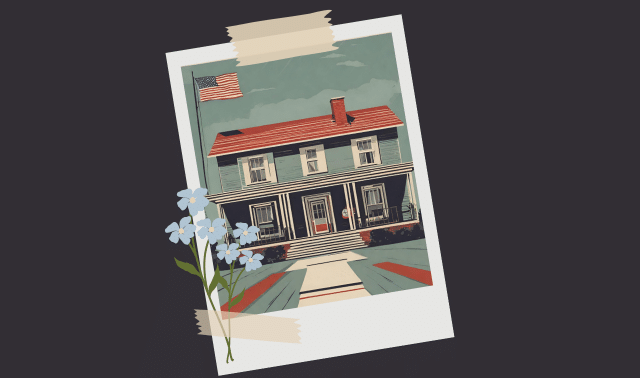Sign up for the Family Tree Newsletter Plus, you’ll receive our 10 Essential Genealogy Research Forms PDF as a special thank you!
Get Your Free Genealogy Forms
"*" indicates required fields
Not So Bad
I was thrilled to see the listing for the Old Fulton County NY Post Cards website in your November 2011 issue (“Netting the News”). I found this site by mistake a couple of years ago and it has been an absolute goldmine of information for me in researching four-plus families and families of friends, as well as news of the day from years ago. I’ve recommended it to at least two historians and many other people. The man who does this site has done a great service for those of us with families from New York state.
Friendly Competition
I read with interest your lovely article “Plain English” in your November 2011 issue.
I’d like to point out that not everyone with roots in the United Kingdom is English. Many of us are Scots, Welsh, Cornish, etc.
I also did not see mention of the terrific Online Parish Clerks sites (accessible from www.onlineparishclerks.org.uk). These are a superb asset and resource run by terrific volunteers.
Keep up the great work.
Undocumented
The November 2011 “Document Detective” on declarations of intention was interesting. I like this format for explanations of documents.
However, it should be pointed out that prior to 1906, there was little standardization to the content of declarations. In the late 19th and very early 20th centuries in parts of Minnesota, for example, there is almost no genealogical material on these documents. We learn only from what country the immigrant came, as well as the name of the port through which he entered and the year of arrival. This is helpful, but not as useful as the example given in the article.
Grave Situations
I received my first copy of Family Tree Magazine today and have enjoyed all of it. The article on cleaning old grave markers (September 2011) was especially interesting. I have just returned from a family reunion in Oklahoma and our annual trip to McAlister Cemetery. My great-grandmother was buried there in 1895, and many family members since then.
This year, instead of trying to clean some of the deteriorating stones, we ordered small 12×18-inch granite markers with similar inscriptions on each, and had them set flat for ease in mowing. The old stones will be maintained as long as possible, but the graves and information about the individuals will be preserved. Yes, genealogy will get you into all kinds of new situations.
Having It All
This is in response to Dutch Meyer’s “Celebrity Trees” letter in your September 2011 Connections column. It is such a shame that people can be shortsighted. Meyer stated that he was not going to watch NBC’s “Who Do You Think You Are?” because the show features only the rich and famous as the person looking for their roots.
[Country singer and actor] Tim McGraw was one of the celebrities last year. The stories were very interesting, and as I sat there I began to realize that one of the names sounded familiar. I got out my laptop and looked up the name. I was able to connect Tim’s relatives with my own line and find out stories that I wouldn’t have ever been able to find out on my own. And to boot, Tim and I are eighth cousins.
A letter-writer in the September 2011 issue commented that the show “Who Do You Think You Are?” is “discouraging to a genealogist with limited means.” This statement loses sight of the fact that the series is promoting genealogy in general, showing what resources are available to all of us.
It is not necessary to travel to so many places to find historical records. Since more records have become digitized, work from home is easier. Public libraries have resources, both print and digital, and as Family Tree Magazine has indicated in countless articles, there are plenty of free websites with data and images.
The show does not just emphasize “haves” versus “have nots.” Besides generating an interest in genealogy, it shows that many of the celebrities have backgrounds similar to ours. It is not so much who the program is about, as it is watching the genealogical story unfold. Genealogists can learn tips from how the story is researched, what records were used, and what directions were taken upon encountering a brick wall.
It is a good format to use well-known people for this series, because often we identify with a known name. Plus, there has been a good diversity of backgrounds portrayed: a true “American” representation. Many of us came from similar immigrant stock. This series gives genealogists a chance to have our passion appreciated as it discovers history and brings it alive. n
-Karen Kerman » via e-mail
From the January 2012 issue of Family Tree Magazine
More great genealogy resources from Family Tree Magazine:
ADVERTISEMENT




